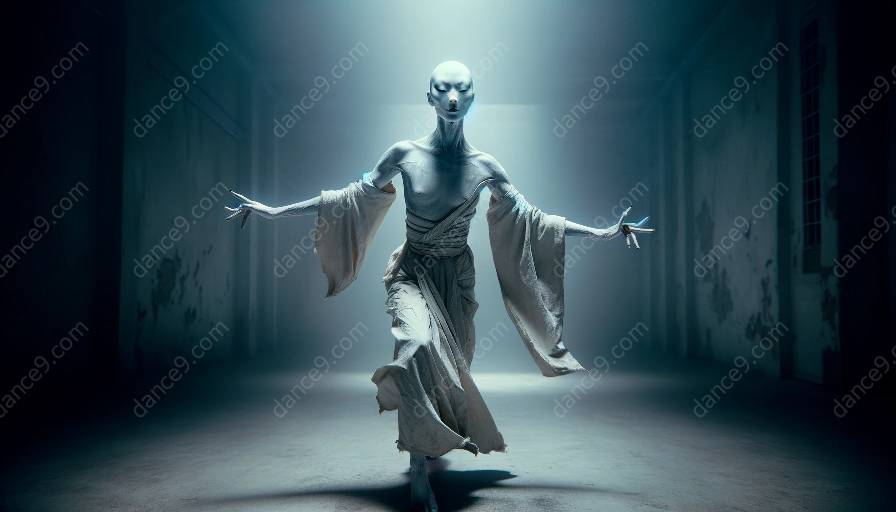Butoh, a form of avant-garde dance that originated in Japan in the 1950s, presents a myriad of challenges and limitations when introduced into university dance programs. In traditional dance classes, the structure, techniques, and aesthetics often align with Western dance forms such as ballet, modern, and jazz. This can create significant barriers in incorporating the unique and unconventional characteristics of butoh into the academic setting, where formalized pedagogical approaches and assessment criteria are prevalent.
Challenges in Teaching Butoh in University Dance Programs:
- Preservation of Tradition: Butoh, with its roots in countercultural and anti-establishment movements, may face resistance in academic environments that prioritize tradition and convention in dance education.
- Teaching Unconventional Movement: Butoh's emphasis on slow, controlled, and often grotesque movement challenges the fast-paced, technically rigorous nature of many dance curricula.
- Cultural Context: Butoh's deep ties to Japanese culture and history may pose challenges in conveying its significance and relevance to students from diverse backgrounds.
- Interdisciplinary Collaboration: Incorporating butoh into university dance programs may require collaboration across disciplines, such as theater, anthropology, and cultural studies, to provide a comprehensive understanding of its origins and evolution.
- Assessment and Evaluation: Traditional assessment methods based on technical precision and physicality may not adequately capture the essence and artistic expression inherent in butoh, leading to difficulties in evaluating student performance.
Limitations of Teaching Butoh in University Dance Programs:
- Resource Constraints: Butoh's unique training requirements, including the use of unconventional props, makeup, and specialized training methodologies, may strain the resources available in university dance departments.
- Faculty Expertise: Finding instructors with a deep understanding of butoh and its pedagogy can be challenging, limiting the availability of qualified faculty to teach the art form effectively.
- Student Resistance: Students accustomed to traditional dance forms may exhibit resistance or reluctance in embracing the unconventional and challenging nature of butoh, affecting their engagement and enthusiasm.
- Curricular Adaptation: Integrating butoh into existing dance programs may necessitate restructuring curricula, allocating additional time for theoretical studies, and modifying performance expectations.
- Perception and Stigma: Butoh's avant-garde reputation may be met with skepticism or prejudice within academic circles, hindering its acceptance as a legitimate and valuable component of dance education.
Despite these challenges and limitations, incorporating butoh into university dance programs presents valuable opportunities for innovation, cultural exchange, and artistic exploration. By fostering an inclusive and open-minded learning environment, cultivating cross-disciplinary collaborations, and adapting pedagogical approaches to accommodate butoh's unique characteristics, educators and institutions can navigate and overcome these obstacles, enriching the dance education landscape and empowering students to embrace diversity and experimentation in their artistic endeavors.













































































